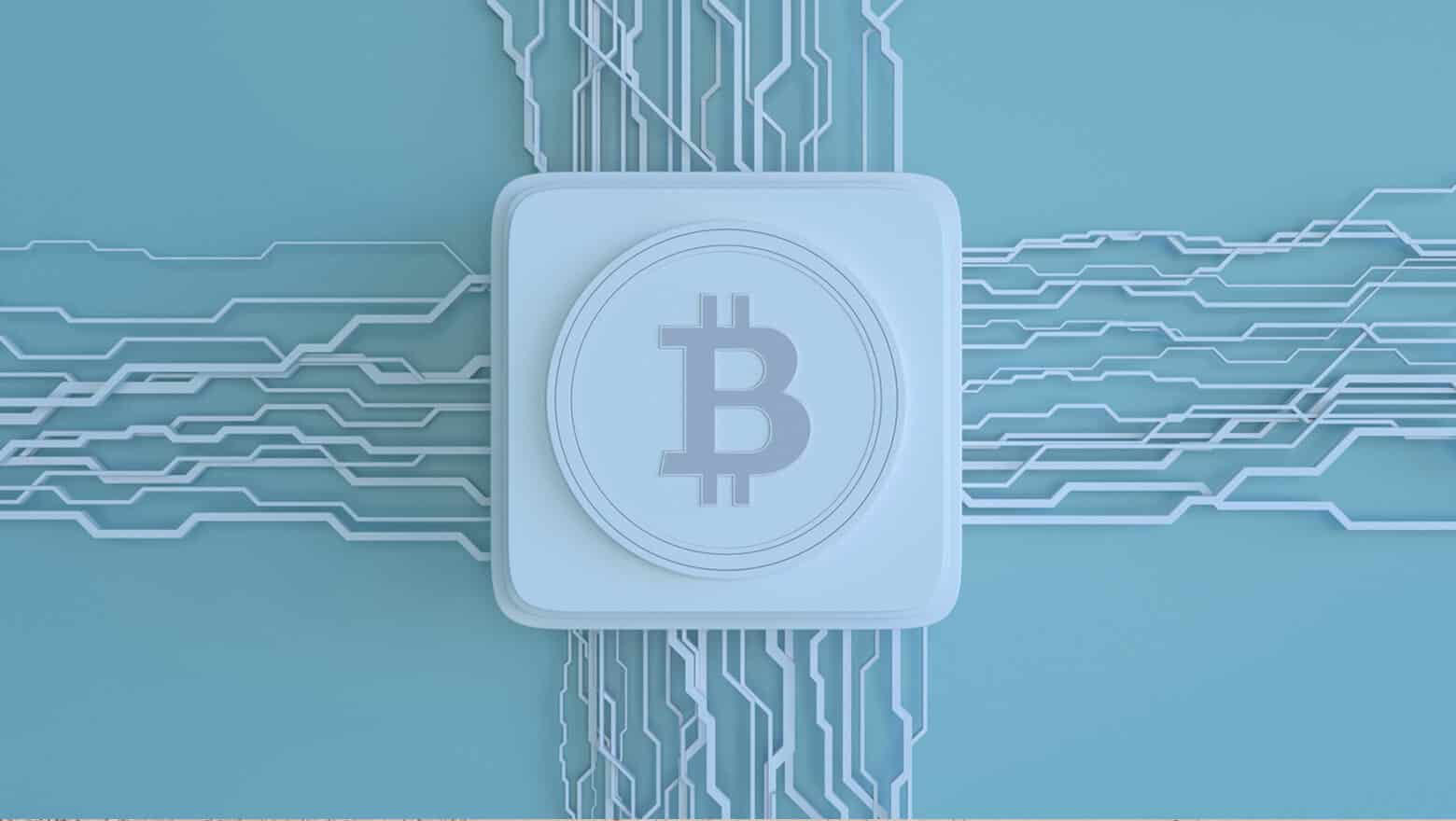Unlike other tokens, each GMT is backed by real, constantly growing computing power (measured in TH/s) via the SHA-256 protocol.
When Elon Musk cried foul about the mining energy demands of blockchain on the environment in 2021, the market reacted. The price of Bitcoin and other top cryptocurrencies teetered as companies and investors sought to dissociate from the negative environmental impact of prevailing blockchain systems.
Indeed, the environmental impact of a public blockchain is a cause of legitimate concern for anyone interested in environmental renewal. An estimation suggests that Bitcoin alone consumes 57.8 TWh yearly – more than Algeria. Similarly, Ether’s estimated electrical energy consumption is as much as Hong Kong’s while it emits as much carbon as Lebanon’s. In yet another research by Digiconomist, a single bitcoin transaction uses up 700kg of Carbon dioxide – the same as a tree would require for a lifetime.
Compared to a centralized global banking network with similar capabilities, these energy requirements are significantly more and will take a toll on the environment. This has made optimizing mining energy consumption a front-burner issue.
Many other systems have emerged to address the energy needs, the Proof of Stake consensus mechanism is one such.
How GMT will Help Optimize Mining Energy Consumption
Even more than the PoS algorithm that has received worldwide acclaim is GMT Token. GMT addresses the energy problems associated with mining while maintaining a decentralized operation of the blockchain network. It also removes the entry barriers associated with mining, and the inability to quickly convert mining equipment to liquidity.
Unlike other tokens, each GMT is backed by real, constantly growing computing power (measured in TH/s) via the SHA-256 protocol. By purchasing 1 GMT, users acquire the real computing power of the company’s BTC mining fleet. They also get daily rewards in BTC.
As a company, GMT is already committed to environmental friendliness and sustainable development. Currently, the company strives to get electricity for the operation of data centers from renewable energy sources. The company hopes to use more renewable sources as more people join the network.
Information is circulating in the industry that the team will also allow other market players into its ecosystem, allowing miners all over the world to place equipment in their data centers. With the addition of more third-party mining parties into the GMT token structure, the GMT token becomes an infrastructural unit uniting the members of the GMT mining ecosystem.
As the world comes to terms with the environmental impact of mining and seeks solutions, GMT is poised to become a market leader in the blockchain space. The project meets environmental needs while advancing a decentralized operation of the blockchain network.
Altcoin News, Blockchain News, Cryptocurrency news, News

An experienced writer and Fintech enthusiast, passionate about helping people take charge of, scale and secure their finances. Has ample experience creating content across a host of niche. When not writing, he spends his time reading, researching or teaching.
Note: This article have been indexed to our site. We do not claim legitimacy, ownership or copyright of any of the content above. To see the article at original source Click Here












